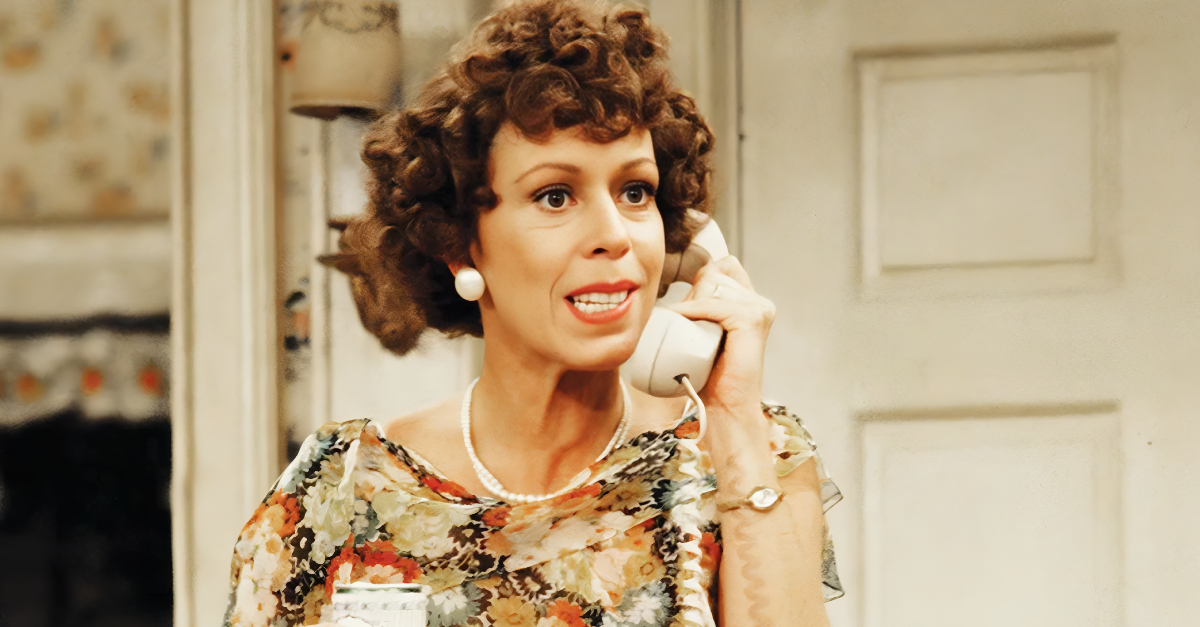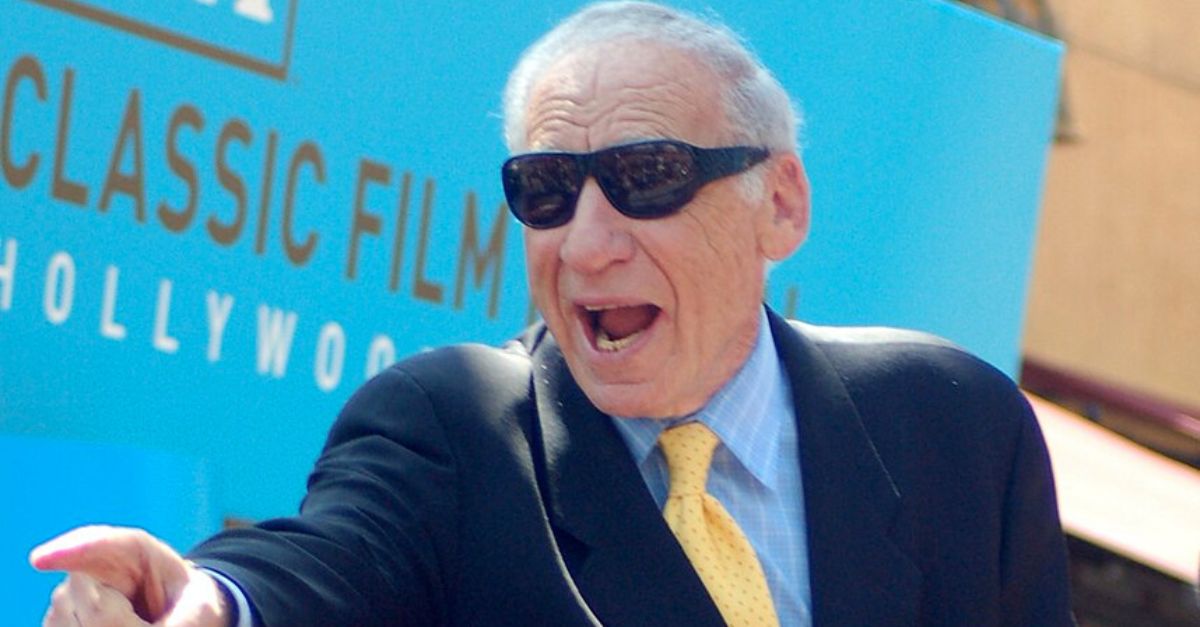The Woman Behind the Curtain
Carol Burnett has been making America laugh for more than half a century. But behind her signature ear-tug and that infectious grin is a story of poverty, heartbreak, and above all, resilience. Her laughter wasn’t just comedy—it was survival, and it changed television forever.
Growing Up in Hollywood’s Shadows
Born in 1933, Burnett grew up in a run-down Hollywood apartment, far from the glitz and glamour of movie stars. Both of her parents struggled with drinking, leaving her to be raised by her grandmother. Money was tight, but young Carol learned early how humor could raise people up.
 Michael Ochs Archives, Getty Images
Michael Ochs Archives, Getty Images
Escaping Through Imagination
With little to entertain herself, Carol invented stories and characters. She later recalled listening through walls to neighbors’ radios just to catch shows. “We didn’t even have a phonograph,” she said. But imagining laughter and applause gave her a dream—one she refused to let go.
 Earl Theisen Collection, Getty Images
Earl Theisen Collection, Getty Images
The Shy Girl Who Found Her Voice
Despite being shy, Carol discovered she could make people laugh, and that gave her confidence. She once said, “Comedy is tragedy mellowed by time.” And it was that belief that really shaped her career—transforming pain into humor and making audiences feel less alone in their struggles as well.
A Ticket to New York
A turning point came when an anonymous benefactor helped her pursue acting in New York. She promised to repay the kindness—and decades later, she did. That leap of faith carried her from a struggling student to a performer chasing Broadway dreams.
Breaking Out on Broadway
Carol’s first big splash came in 1959 with Once Upon a Mattress, earning her a Tony nomination. Broadway gave her credibility, but her zany, rubber-faced comedy style was still unusual for women at the time. That set her apart—and put her on television’s radar.
 ABC, Once Upon a Mattress (1972)
ABC, Once Upon a Mattress (1972)
The Garry Moore Show Breakthrough
Carol became a regular on The Garry Moore Show, where her comedy timing and musical numbers shined. Audiences adored her mix of slapstick and sincerity. By the early ’60s, she was a household name—proof that women could be just as funny, and fearless, as men.
 CBS Television, Wikimedia Commons
CBS Television, Wikimedia Commons
CBS Didn’t Believe in Her
When Carol asked CBS for her own comedy variety show, executives balked. “That’s a man’s game,” they told her. Luckily, her contract guaranteed the option. Burnett called their bluff, and in 1967, The Carol Burnett Show premiered—changing comedy history overnight.
 CBS Television, Wikimedia Commons
CBS Television, Wikimedia Commons
Building a Comedy Family
With co-stars Harvey Korman, Vicki Lawrence, and later Tim Conway, the show became a playground of sketches, music, and parodies. Burnett insisted on ensemble chemistry, saying, “Comedy is all about teamwork.” Their chemistry made 11 seasons of magic—and more than 25 Emmys.
 CBS Television, Wikimedia Commons
CBS Television, Wikimedia Commons
When Tim Conway Went Off-Script
Tim Conway’s ad-libs became legendary—especially the infamous “Elephant Story” sketch that left Harvey Korman crying with laughter. Carol never stopped them. “If you got a laugh, you were golden,” she said. That freedom gave the show its joy—and cemented its timeless appeal.
 CBS Television, Wikimedia Commons
CBS Television, Wikimedia Commons
The “Went With the Wind!” Moment
One of the most famous sketches spoofed Gone With the Wind, with Carol descending stairs in a gown made from a curtain rod. When audiences erupted, Burnett quipped, “I just saw it in the window and couldn’t resist it.” That fearless flair became comedy history.
 CBS, The Carol Burnett Show (1967–1978)
CBS, The Carol Burnett Show (1967–1978)
A Star Who Never Took Herself Too Seriously
Carol’s genius was her self-deprecating humor. She once said, “I couldn’t get a job unless I made people laugh.” That humility kept her grounded, even as her show became must-watch TV for more than a decade. Audiences loved her because she felt real.
 Carol Burnett Once Fell Asleep Onstage, LiveKellyandMark
Carol Burnett Once Fell Asleep Onstage, LiveKellyandMark
Saying Goodbye with Grace
In 1978, after 11 successful years, Burnett decided to end the show on her terms. She didn’t want to fade away slowly. Instead, she closed with gratitude, tugged her ear one final time, and walked into TV legend status.
 Carol Burnett Once Fell Asleep Onstage, LiveKellyandMark
Carol Burnett Once Fell Asleep Onstage, LiveKellyandMark
The Secret Behind the Ear Tug
That little ear tug at the end of every episode wasn’t just cute—it was personal. Carol used it as a secret signal to her grandmother, who raised her, to say “I love you.” Over time, it became her trademark sign-off and a symbol of her warmth.
Beyond Sketch Comedy
Even after her show ended, Burnett stayed busy. She starred in films like Annie, took on more dramatic roles, and returned to the Broadway stage. She wasn’t just a sketch comedian—she was a versatile performer with range, courage, and staying power.
 Carol Burnett Takes The Colbert Questionert, The Late Show with Stephen Colbert
Carol Burnett Takes The Colbert Questionert, The Late Show with Stephen Colbert
Personal Life in the Spotlight
Fame didn’t shield Carol from struggles. She endured divorces, health battles, and the pressures of celebrity. Yet she always spoke honestly, often reminding us that laughter was her way of coping and pushing back against life’s toughest challenges. It made us love her even more.
 Steve Meets His Childhood Idol, Carol Burnett! II STEVE HARVEY, Steve TV Show
Steve Meets His Childhood Idol, Carol Burnett! II STEVE HARVEY, Steve TV Show
The Greatest Heartbreak of All
In 2002, Carol’s eldest daughter, Carrie Hamilton, died of cancer at just 38. Carol later said, “You don’t get over it, but you adjust.” Carrie was not only her daughter but also her collaborator. The loss was devastating—but Burnett kept going, honoring her through art.
Turning Grief Into Tribute
Burnett later co-wrote Hollywood Arms with Carrie, and after Carrie’s passing, she continued to champion young performers in her memory. “Carrie was my best friend,” she said. Choosing to create joy while grieving showed fans her strength was as deep as her talent.
 Carol Burnett talks ‘Palm Royale,’ and her groundbreaking career, TODAY
Carol Burnett talks ‘Palm Royale,’ and her groundbreaking career, TODAY
Honored by Her Peers
Carol’s shelves filled with Emmys, Golden Globes, a Tony, and the Kennedy Center Honors. In 2005, President George W. Bush awarded her the Presidential Medal of Freedom, calling her “a true pioneer who brought laughter to millions.” It was a career-crowning moment.
 Carol Burnett talks ‘Palm Royale,’ and her groundbreaking career, TODAY
Carol Burnett talks ‘Palm Royale,’ and her groundbreaking career, TODAY
The Carol Burnett Award
In 2019, the Golden Globes created a new lifetime achievement honor: The Carol Burnett Award. Burnett was its first recipient, standing onstage to remind everyone that television had given her a life she never dreamed possible. It ensured her legacy would carry on.
Still Stealing the Show
Even into her late 80s, Burnett has appeared in shows like Better Call Saul and Palm Royale. Each cameo proves her comic timing is still razor-sharp. She’s proof that comedy doesn’t age—it just deepens. Fans continue to cheer her every appearance.
 Apple TV+, Palm Royale (2024– )
Apple TV+, Palm Royale (2024– )
Always Grateful to the Audience
Carol never forgot the people watching. At the close of every episode of her variety show, she sang a soft goodbye to fans. “I’m so glad we had this time together,” she’d say, tugging her ear. That simple gesture became her love letter to viewers.
A Model for Future Generations
Comedians from Tina Fey to Amy Poehler to Kristin Wiig cite Burnett as a hero. Her courage in insisting on her own show paved the way for women on Saturday Night Live and beyond. Her laughter lit the path for generations of funny women.
 Kristen Wiig Cried Meeting Carol Burnett At 'Palm Royale' Table Read, The Kelly Clarkson Show
Kristen Wiig Cried Meeting Carol Burnett At 'Palm Royale' Table Read, The Kelly Clarkson Show
What Made Her Different
Burnett’s power wasn’t just that she was funny—it was that she was vulnerable. She let audiences see the cracks, the pain, and the humanity. That’s why she connected so deeply. She once said, “We’re all in this together.” Her comedy made that true.
 Carol Burnett I SAG Awards Lifetime Achievement 2016 I TNT, TNT
Carol Burnett I SAG Awards Lifetime Achievement 2016 I TNT, TNT
The Lasting Tug of the Ear
From a shy girl in a poor Hollywood apartment to a comedy legend beloved worldwide, Carol Burnett’s journey is more than inspiring. Her laughter carried heartbreak, resilience, and brilliance. She didn’t just pioneer—she changed the sound of American comedy forever.
You Might Also Like:












